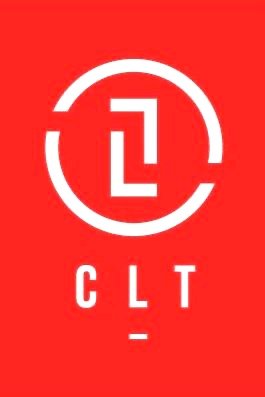We asked and our community answered! You asked for more tips on working with your leaders in an Agile or Scrum adoption. Read on for our top 3 tips to coach “up” in your organization or just have a more meaningful conversation with your leaders.
1. Respectfully ask Why: the number of people filling our classes who are unable to answer us when we ask “what is the reason or goal for your company changing the way it does work to Agile or Scrum?”. If the people doing the work do not know the answer to what the goal is it’s unlikely that this goal will be met. Going Agile isn’t a Goal. Scrumming isn’t a Goal. Goals can be measured. Respect is key here. A common mistake is asking “Why”? and it sounding like a challenge to someone’s authority. Phrase the question honestly. If you are confused or the teams of people are confused, say that:
· “We’re confused as to what the goal is. We want to meet goals and objectives, we want to do a good job, we just don’t understand what problem we are being asked to solve”.
· “What does Success look like”?
· “How will we measure this goal”?
· “How will we know when we’re Done”?
2. Don’t use the “A” word or the “S” word: it’s a common mistake for people newer to Scrum and Agile to talk about those as if they are separate things as opposed to what they are – different ways to approach work. In projects, did you say project management every other word or sentence? Did you utter waterfall constantly? No. It’s just the way you did work. When you talk about Agile and Scrum as if they something else, that’s where those ideas stay – as something else. The language can also confuse people if they don’t understand it. Or worse. It can put a leader on the defensive if you say something silly like “that’s not Agile” or “that’s not Scrum”. Who cares! They are different ways to do work. Try phrases like:
· “You have asked us to change the way that we’re doing work but I’m hearing you also ask us to do the same work the old way. Can clarify what the expectation is please?”
· “We’re not meeting goals and objectives so it may be helpful to take a look at our approach to the work – can you help us with that”?
3. Be Brief, Be Clear, Be Gone: another mistake for people newer to Agile and Scrum who are enthusiastic about this change, is that they verbally throw up entirely too much information and vocabulary on their leaders in their excitement. Depending on the level of leadership being addressed, it’s not that they don’t care or are uninterested necessarily, it’s that there is a lot on their mind. They may have the best of intentions but little time and a limited attention span. We’ve experienced many leaders rolling their eyes, sighing and looking at their watch who then reply “what are the top 3 things you need from me right now?”. So try this:
· Come prepared with the top 1, 2 or no more than 3 things that are most pressing that require that leader’s attention
· Craft that message as succinctly as possible with facts, no unnecessary “A” or “S” words
· When you’re done be gone. The leader can always ask for more information if they need it or want it or follow up with you if necessary.
With any advice, tips, tricks, etc. they are only effective if you use them and most importantly continue to use them. Practice is what will bring about more permanent changes to the way you and your organization approach work.
To learn more, check out our course schedule and join us for a training!




